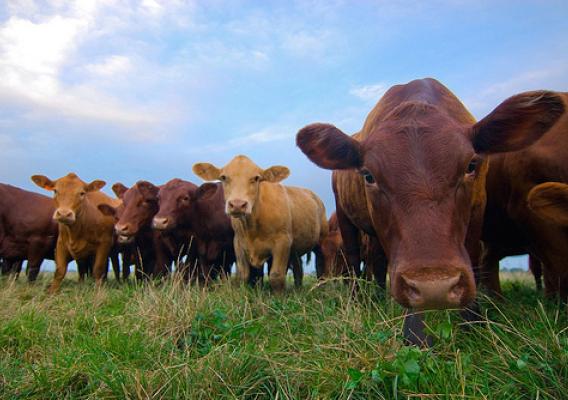The No Kid Hungry New Mexico Campaign, an initiative of the New Mexico Collaboration to End Hunger, is gaining partners and momentum. The campaign is less than a year old, but already progress has been made on the 2011 goals: Increasing participation in the summer meals program, school breakfast, and SNAP, the Supplemental Nutrition Assistance Program. It’s so important to connect eligible people with the federal nutrition safety net. And that is exactly what Share Our Strength and its partners are doing in New Mexico and across the nation to end childhood hunger.
Part of the No Kid Hungry New Mexico campaign centers on school breakfast, an area of special interest to me. I can see the potential to reach more children just by changing the way breakfast is offered to students. A healthy breakfast makes a big impact on a child’s well being – physically and mentally. That translates to better attentiveness, performance and behavior in school, too. This method also eliminates the stigma for low-income children of coming to school early for a free breakfast in the cafeteria. And many children simply can’t get to school before the first bell.







